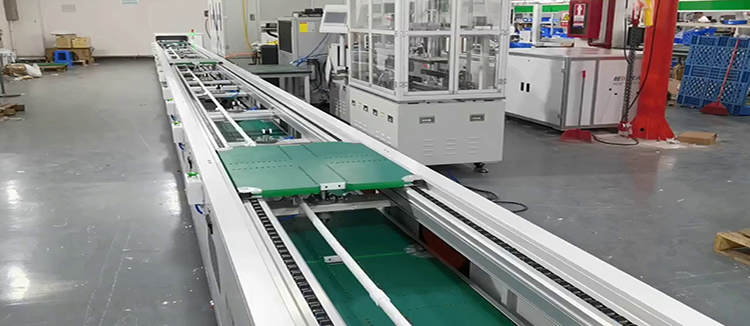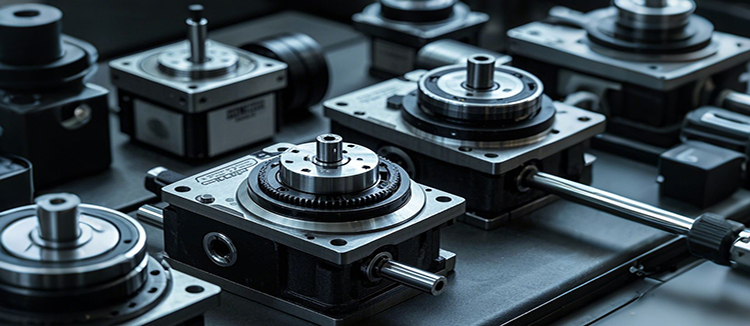Understanding the Role and Importance of Gas Electric Rotary Joints in Industrial Applications
Gas electric rotary joints, a critical component in many industrial and technological systems, are engineered to allow the passage of electrical signals and fluids while rotating. These precision devices are indispensable in a variety of applications where a rotating mechanism is required, such as in robotics, aerospace, and medical equipment. The purpose of this article is to delve into the intricacies of gas electric rotary joints, their functionality, and their significance in modern industrial processes.

A gas electric rotary joint, also known as a slip ring, is a mechanical device that enables the transmission of electrical power and gas between a stationary and a rotating structure. The design of these joints is such that they can maintain a continuous flow of electricity and gas without interruption, even as the connected parts rotate relative to each other. This seamless transfer is crucial for the operation of machinery that requires constant power and gas supply while in motion.
The functionality of gas electric rotary joints is based on the principle of electromagnetic induction, where electrical current is transmitted through a series of conductive rings that are in contact with each other. For gas transmission,密封结构 is used to ensure that there are no leaks while the joint rotates. This dual functionality—electrical and gaseous—is what makes gas electric rotary joints so versatile and essential in various industries.
One of the primary applications of gas electric rotary joints is in the field of robotics. In robotic arms and other rotating mechanisms, these joints provide a reliable means of power and signal transmission, allowing for precise control and movement. Without gas electric rotary joints, the range of motion and the functionality of these robots would be significantly limited.
In the aerospace industry, gas electric rotary joints are used in satellite communication systems. They enable the transmission of signals and power to antennas that need to rotate to maintain a connection with ground stations. The reliability and durability of these joints are paramount, as any failure could result in the loss of critical communication links.
Another significant application is in medical equipment, particularly in imaging technologies such as MRI machines. These joints allow the rotation of the imaging scanner while maintaining a stable power and gas supply, which is essential for the accurate capture of medical images.

The design and manufacturing of gas electric rotary joints require a high level of precision and expertise. Engineers must consider factors such as the speed of rotation, the amount of power and gas to be transmitted, and the environmental conditions in which the joint will operate. Materials used in the construction of these joints must be resistant to wear and tear, as well as to the specific gases and chemicals they may come into contact with.
Maintenance of gas electric rotary joints is also a critical aspect of their operation. Regular checks and lubrication can extend their lifespan and ensure that they continue to function effectively. Any signs of wear or damage should be addressed promptly to prevent more significant issues that could lead to system failure.
In conclusion, gas electric rotary joints are a vital component in many industrial and technological systems. Their ability to transmit both electrical power and gas while rotating is a key factor in the operation of machinery in various sectors. Understanding the role and importance of gas electric rotary joints is essential for anyone involved in the design, manufacturing, or maintenance of equipment that relies on these precision devices.










